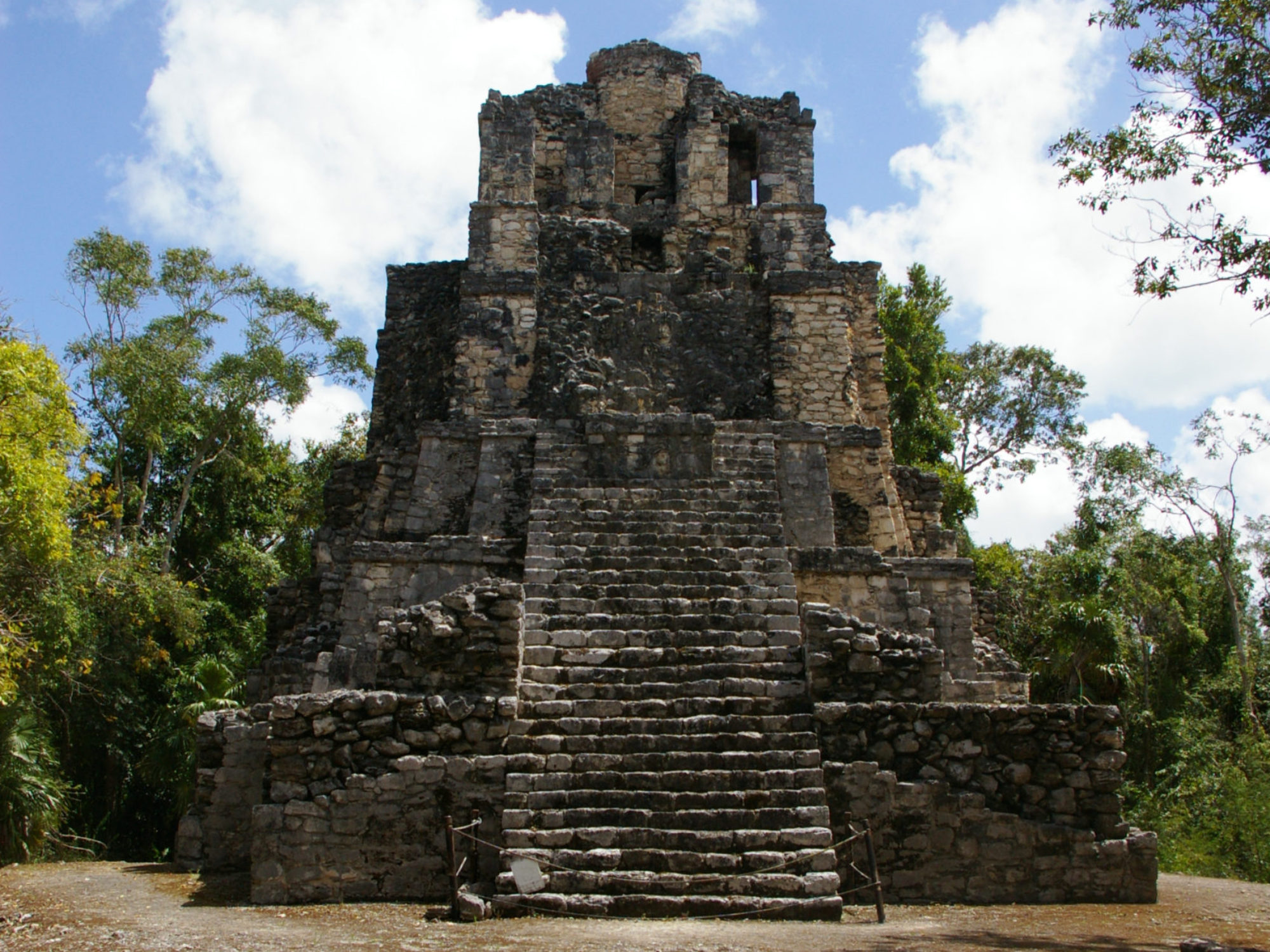Saturday January 11, 2020 at the Penn Museum.
Dr. Marshall Becker, Emeritus Professor of Anthropology at West Chester University, delivered a talk entitled: “The Ganawese after 1700: Piscataway Origins, Transformation into the Conoy, and Confederation with the Susquehannock, Lenape and Shawnee in the Lower Susquehanna River Valley”
After the Europeans arrived in the mid-Atlantic portion of North America, many of the tribal groups there relocated and changed their political alliances. What has sometimes been regarded as formation of a “new” tribe, (ethnogenesis), was often just the relocation of a group that became identified with a new name. To trace the history of a specific cultural group, one must trace its specific relocations and accompanying name changes.
One of the four early eighteenth-century groups of Native Americans living along the Susquehanna River, just above the Pennsylvania-Maryland border was identified as the “Ganawese.” But this group was just the Piscataway tribe, relocated from Maryland into south-central Pennsylvania around 1700 and for several decades confederated with the Susquehannock. Direct evidence for Ganawese in Pennsylvania allows us to reconstruct their ultimate transformation into the “Conoy” of New York. There was cultural adaptation accompanied by changes in power structure.
In the 1740s, the Ganawese-Conoy came under the aegis of the Five Nations Iroquois and separated from their three confederates to link with the Nanticoke, who had relocated into Pennsylvania and New York. The two tribes spoke similar languages and subsequently shared similar experiences when both became subordinated to the Five Nations. Examining this phase in their transformation reveals a great deal about the cultures and cultural interactions among and within each of the four tribes in this region of Pennsylvania..
Dr. Marshall Joseph Becker, Professor Emeritus at West Chester University, began field work at Tikal, Guatemala in 1960 and has since conducted research at Copan in Honduras and Cihuatán, El Salvador. He was trained at The University of Pennsylvania in all four fields of anthropology and uses diverse techniques to understand the archaeology of these sites as well as other sites throughout the world at which he has worked, publishing these data in scholarly journals as well as popular magazines. Dr. Becker has returned to Maya studies in an effort to publish data on Plaza Plan 1 at Tikal, the subject of Christopher Jones’ doctoral research. Since 1969 Dr. Becker has shifted his primary research area to the archaeology and ethnohistory of the Lenape, the Native American people of southeastern Pennsylvania, and their immediate neighbors. His study of the Ganawese and their affiliates is now in review for publication. Dr. Becker’s research has been supported by grants from the National Science Foundation, the National Endowment for the Humanities, The American Philosophical Society and the National Geographic Society.

